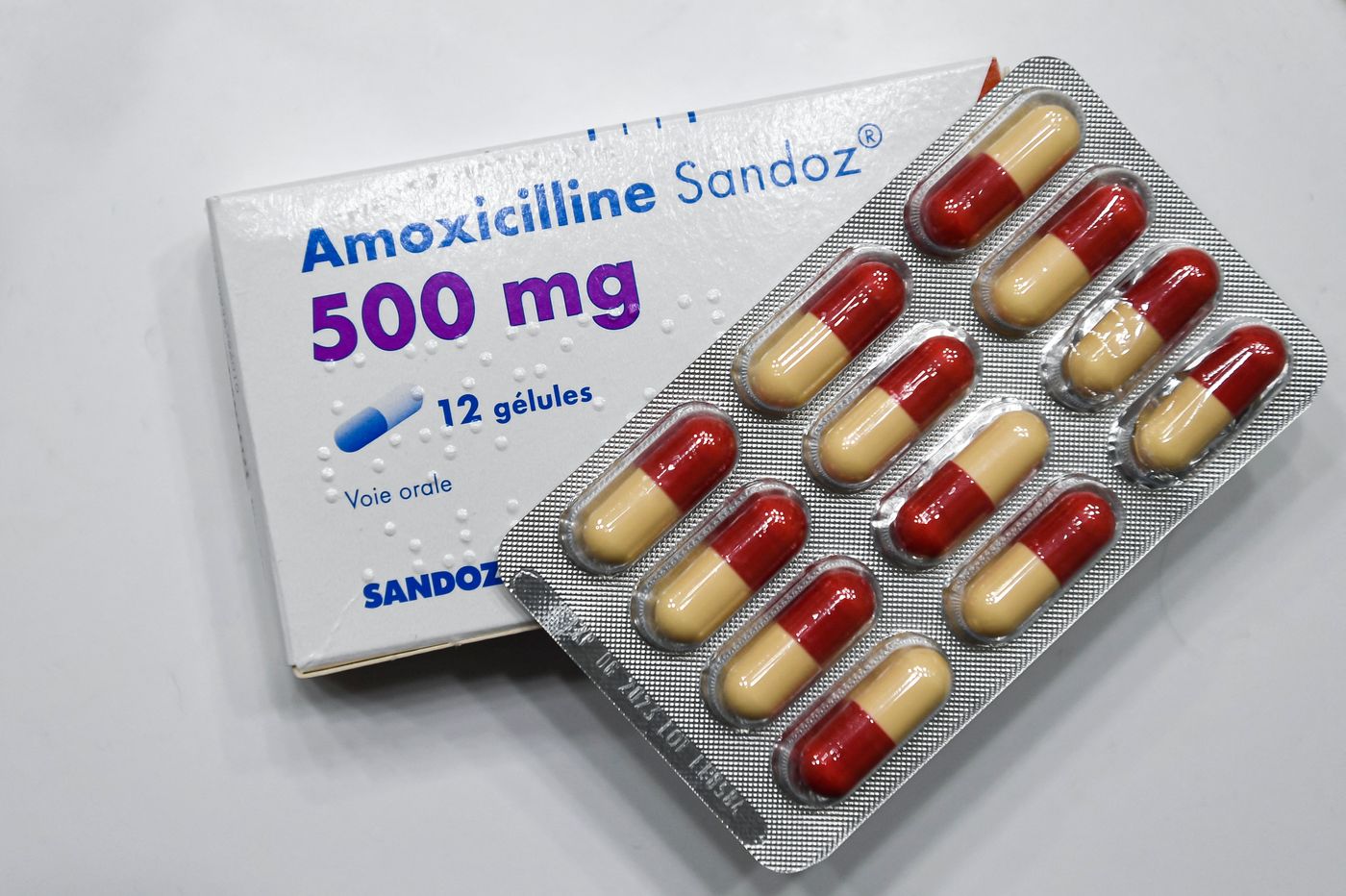Bacterial Arthritis: Symptoms, Causes & Treatment
What are the symptoms of bacterial arthritis?
Bacterial arthritis, also known as infectious arthritis, is a serious condition that occurs when bacteria infect a joint. The symptoms can include:
- Joint pain: The affected joint is typically painful, often with a sudden onset.
- Swelling: The joint may become swollen, warm to the touch, and appear red.
- Limited range of motion: Movement of the affected joint may be restricted due to pain and swelling.
- Fever: In many cases, bacterial arthritis is accompanied by a fever.
- Chills: Some people may experience chills along with the fever.
- Fatigue: Feeling tired or lethargic is common, especially if the infection is severe or prolonged.
It’s important to seek medical attention from your healthcare provider if you experience these symptoms, as bacterial arthritis can cause joint damage and other complications if not treated promptly.
What are the causes of bacterial arthritis?
Bacterial arthritis is usually caused by bacteria entering the joint, leading to an infection. The most common bacteria that can cause bacterial arthritis include:
- Staphylococcus aureus: This is the most common cause of bacterial arthritis, especially in adults.
- Streptococcus pneumoniae: This bacterium can also cause bacterial arthritis, particularly in older adults and those with certain medical conditions.
- Neisseria gonorrhoeae: This bacterium can cause a type of bacterial arthritis known as gonococcal arthritis, which is typically seen in sexually active individuals.
- Escherichia coli (E. coli): This bacterium can cause bacterial arthritis, particularly in older adults and those with weakened immune systems.
- Other bacteria: Less commonly, other bacteria such as Haemophilus influenzae, Salmonella, and Mycobacterium tuberculosis can also cause bacterial arthritis.
Bacteria can enter the joint through various means, including:
- Direct spread: Such as from an adjacent infected tissue or through a puncture wound.
- Bloodstream: Bacteria can travel through the bloodstream from an infection elsewhere in the body and infect a joint.
- Surgery or injections: Rarely, bacteria can enter a joint during a surgical procedure or through an injection into the joint.
Factors that can increase the risk of developing bacterial arthritis include having a weakened immune system, having certain medical conditions such as diabetes or rheumatoid arthritis, and having a history of joint injury or surgery.
What is the treatment for bacterial arthritis?
The treatment for bacterial arthritis typically involves a combination of antibiotics and supportive care. The goals of treatment are to eradicate the infection, reduce pain and inflammation, and preserve joint function. Here is an overview of the treatment approach:
- Antibiotics: The primary treatment for bacterial arthritis is antibiotics to eliminate the infecting bacteria. The choice of antibiotic depends on the type of bacteria causing the infection and its sensitivity to antibiotics. Antibiotics are usually given intravenously (IV) initially and may be switched to oral antibiotics once the infection is under control.
- Joint drainage: If there is a significant amount of fluid in the infected joint, it may be drained to reduce pressure and improve the effectiveness of antibiotic therapy. Joint drainage may be done using a needle or through a surgical procedure.
- Pain management: Pain and inflammation in the affected joint can be managed with nonsteroidal anti-inflammatory drugs (NSAIDs) or other pain relievers. In some cases, corticosteroids may be used to reduce inflammation.
- Supportive care: Resting the affected joint and using splints or braces to immobilize it can help reduce pain and promote healing. Physical therapy may also be recommended to restore joint function once the infection is resolved.
- Monitoring: Patients with bacterial arthritis may need to be closely monitored to ensure that the infection is responding to treatment and to watch for any complications.
It’s important to start treatment for bacterial arthritis as soon as possible to prevent joint damage and other complications. Delayed treatment can lead to permanent joint damage and disability. If you suspect you have bacterial arthritis, seek medical attention promptly.
Bacterial Arthritis Summary
Bacterial arthritis, also known as septic arthritis, is a serious and potentially destructive form of joint inflammation caused by a bacterial infection. It’s a medical emergency that requires prompt diagnosis and treatment to prevent permanent joint damage or other complications. Here are some key points about bacterial arthritis:
Causes: Bacterial arthritis occurs when bacteria enter the joint space, either through:
- Bloodstream (hematogenous spread) from an infection elsewhere in the body
- Direct introduction during surgery, injury, or injection into the joint
Common bacteria involved include Staphylococcus aureus, Streptococcus, and gram-negative bacilli like E. coli.
Risk factors:
- Joint prosthesis or artificial implants
- Recent joint surgery or injection
- Compromised immune system
- Skin infection
- Intravenous drug use
- Diabetes
- Rheumatoid arthritis
Symptoms:
- Intense joint pain, swelling, warmth, and redness
- Fever and chills
- Limited range of motion
- Inability to bear weight on the affected joint
Joints commonly affected:
- Knees
- Hips
- Wrists
- Ankles
Diagnosis:
- Physical examination
- Blood tests (elevated inflammatory markers, blood cultures)
- Joint aspiration and analysis of synovial fluid
Treatment:
- Prompt antibiotic therapy (intravenous initially)
- Drainage or surgical removal of infected tissue/prosthesis
- Pain management
- Immobilization of the affected joint
Complications (if untreated):
- Permanent joint damage and disability
- Sepsis (bloodstream infection)
- Osteomyelitis (bone infection)
Bacterial arthritis is a medical emergency requiring hospitalization and aggressive treatment with antibiotics and potential surgical intervention. Prompt diagnosis and treatment are crucial to prevent permanent joint destruction and other serious complications. Seek immediate medical attention if symptoms of joint infection occur.




